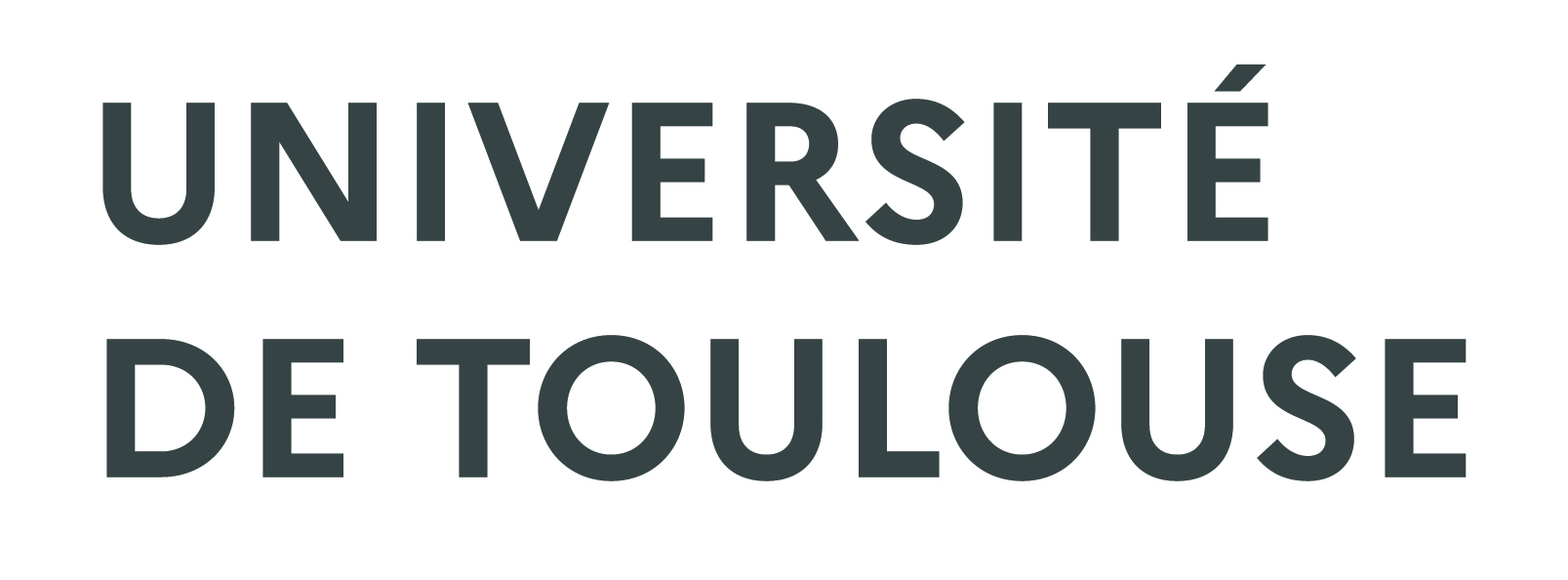On the stabilization mechanisms of a diffusion edge flame in a cross-flow configuration
Résumé
This work focuses on the stabilization and combustion efficiency of a gaseous diffusion flame at the lip of a hole where pure methane is injected into a crossflow of air. This configuration mimics the flame base of many flares, used to burn excess gas in the oil and gas industry. In a flare, the flame base, near the lips of the fuel jet duct, is a critical zone where the flame attaches or not. When the cross flow air speed is too high or the torch lips too cold, the flame cannot attach to the lips so that methane can leak below the lifted flame front near the injector lip and avoid combustion totally. This cannot be accepted for climate change since unburnt fuel like methane has a radiation forcing larger than 20 times the value reached for CO2. Combustion efficiencies close to unity are expected for the flares of the future. Two main parameters control the anchoring of the diffusion flame on a thin lip: the air cross-flow velocity u air and the temperature of the lip or equivalently its cooling, measured here by a thermal resistance R th . Dimensional analysis is used to construct two reduced parameters controlling stabilization and simulations are performed to populate this diagram. The resulting diagram shows how u air and R th control flame anchoring. Large values of R th (adiabatic lips) lead to high lips temperatures and to flames which can resist high air cross-flow velocities. For low values of R th (cold lips), the flame lifts off for smaller values of u air . The simulations also reveal that triple flames are the flame elements controlling the flame anchoring and how these triple flames interact with the lips forming a flame topology called RS (Rim Stabilized) edge flame.

